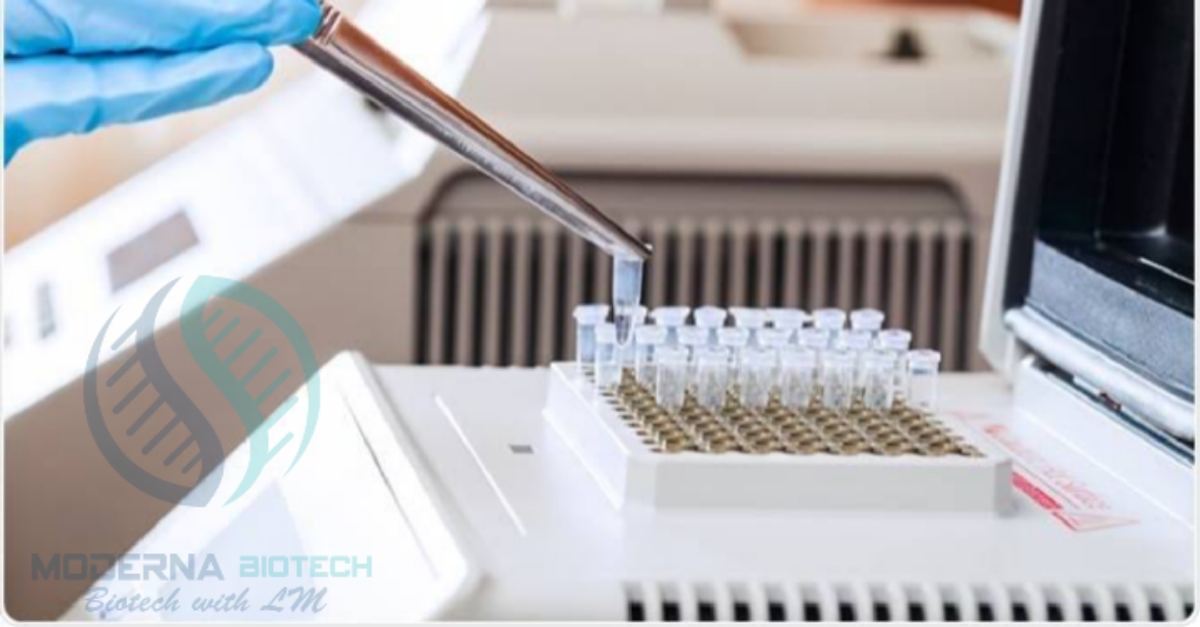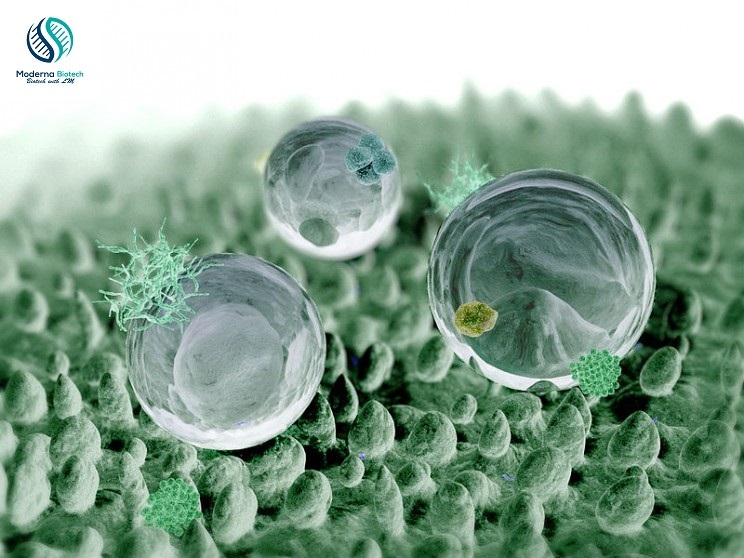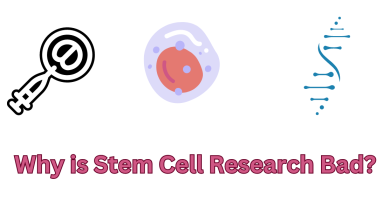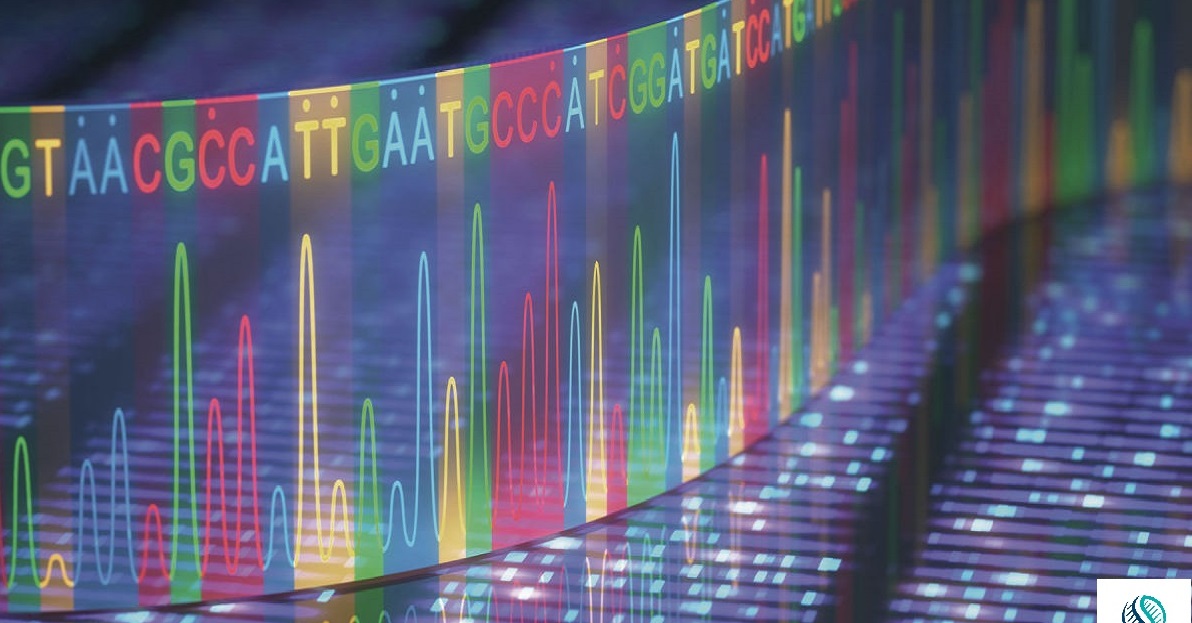How does bioenergetics be useful to humans? – 2024

Bioenergetics mainly referred to the transformation of energy that occurs within living organisms. To speed up the chemical mechanisms within their cells, organisms need an input of energy. This is used to initiate chemical reactions and also help to keep and process information, which is important in propagating life. How does bioenergetics be useful to humans could be described by the fact that is helpful in controlling diseases and it is also useful in weight control.
What is Bioenergetics?
It is a field in biochemistry and cell biology that refers to energy flow through living systems.
Bioenergetics can also be demarcated as the study of energy interactions and transformations in living organisms.
Bioenergetics and Laws of thermodynamics:
It actually deals with the transformation of energy within the living system and according to the law of thermodynamics, energy can neither be created nor be destroyed but could be transformed into one form into another form. It is totally concerned with the third law of thermodynamics.
Coupled reactions in Bioenergetics:
There are generally two sorts of chemical reactions in bioenergetics:
What is an Exergonic reaction?
One is an exergonic reaction which releases energy and this type of reaction is known as a spontaneous chemical reaction.
The exergonic reaction is ideal thermodynamically and has a negative value of free energy change i.e., ΔG.
During this reaction, energy needs to be put in, and this activation energy moves the reactants from a stable state to a highly actively unstable transition state.
The reactants used are typically complex molecules that have been broken into simpler products.
The whole chemical reaction is usually catabolic.
In exergonic reactions, the energy released from the product so it denotes a negative value of G.
What is an Endergonic reaction?
The endergonic reaction consumes energy, also known as an anabolic chemical reaction.
It is the actual opposite of an exergonic reaction.
Endergonic reactions take a positive value of ΔG as it takes more abruptness to break the bonds of the reactant as compared to the products they offer, i.e., the products attained have slightly weaker bonds as compared to the reactants.
Thus, endergonic reactions are thermodynamically unfavorable.
Furthermore, endergonic reactions are generally anabolic.
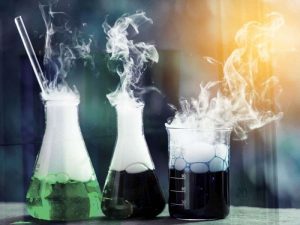
Bioenergetics and chemiosmotic theory (A chief energy-producing process):
Chemiosmotic theory and ATP synthesis:
One of the major achievements of bioenergetics is the chemiosmotic theory of Peter D. Mitchell which refers that how protons in the aqueous solution work in the production of ATP in cell organelles for example in mitochondria.
Mitchell received a Noble Prize in Chemistry for this work. Additional cellular sources of ATP e.g., glycolysis were assumed first. Still, such methods for direct coupling of enzyme activity to ATP production are not the chief source of valuable chemical energy in most cells.
Chemiosmotic coupling is being exploited in chloroplasts and in some single-celled organisms as well as in mitochondria.
How does bioenergetics be useful to humans?
Bioenergetics, the study of how living organisms produce and utilize energy, is crucial to understanding various aspects of human biology and has numerous practical applications. Here’s how bioenergetics is useful to humans:
- Energy Production: Bioenergetics helps us understand how the human body generates energy. It is essential for activities like walking, running, thinking, and even basic bodily functions like breathing and digestion. Understanding these processes is fundamental to maintaining good health and well-being.
- Health and Fitness: Bioenergetics plays a vital role in the fields of sports science, exercise physiology, and fitness training. It helps athletes and fitness enthusiasts optimize their energy systems to improve performance, endurance, and recovery. This knowledge guides the development of training programs tailored to specific fitness goals.
- Medical Research: Researchers use bioenergetics to investigate diseases related to energy production and utilization, such as metabolic disorders and mitochondrial diseases. Understanding these conditions can lead to the development of diagnostic tools and potential treatments.
- Drug Development: Bioenergetics research is crucial in the development of pharmaceuticals, particularly those targeting diseases like cancer. Some cancer drugs work by disrupting the abnormal energy production in cancer cells, preventing their growth and proliferation.
- Nutrition and Diet: Knowledge of bioenergetics is essential in the field of nutrition. It helps us understand how different macronutrients (carbohydrates, fats, proteins) are metabolized and used for energy. This understanding guides dietary recommendations for weight management and overall health.
- Mitochondrial Health: Mitochondria, the cellular organelles responsible for energy production, are central to bioenergetics. Research into mitochondrial function and health has implications for aging, neurodegenerative diseases, and other health conditions. Strategies to enhance mitochondrial function are being explored for potential health benefits.
- Environmental Impact: Bioenergetics also extends to the environmental sciences. It helps us understand the energy flows within ecosystems and the impact of human activities on energy cycles, such as the carbon cycle. This knowledge is essential for sustainable resource management and conservation efforts.
- Biotechnology and Biofuels: Bioenergetics research informs biotechnological advancements, including the development of biofuels. Understanding how microorganisms produce energy through fermentation, for example, has applications in biofuel production.
- Genetic Engineering: Genetic engineering techniques can be used to modify an organism’s bioenergetic processes, potentially leading to increased energy efficiency or novel applications in biotechnology.
In essence, bioenergetics is a multidisciplinary field that touches upon various aspects of human life, from health and fitness to medicine, nutrition, and environmental conservation. Its practical applications contribute to advancements in science, technology, and the overall quality of human life.
What is Human Bioenergetics?
It is the multidisciplinary study of how energy is transmitted in cells, tissues, and organisms. The way in which the body regulates its transfer pathways and processes has a fundamental effect on health.
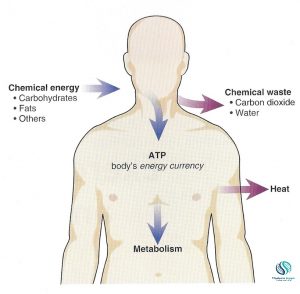
How Bioenergetics is helpful in controlling weight?
Bioenergetics and weight loss:
How bioenergetics is useful to humans could be explained by the fact that it is helpful in weight control.
Studying Bioenergetics can be helpful in losing weight because it objects to obesity therapy directed at increasing cellular energy expenditure rather than the usual route of decreasing calorie intake.
Voluntary physical activities could dissipate major amounts of surplus energy, and make an important contribution to overall weight control.
How does bioenergetics be useful to humans and in other biological processes?
It refers to the energy involved in the making and breaking of chemical bonds in the molecules which initiate in biological organisms.
It is really imperative in biological processes like development, growth, and metabolism.
Cell respiration, metabolic, and enzymatic practices are cellular processes that lead to the production of ATP molecules.
The capability to harness intensity from a variety of metabolic pathways is a property of all living organisms.
Life is actually dependent on these transformations. Living organisms subsist because of this exchange of energy within and without.
How bioenergetics produced and utilized by organism?
Bioenergetics is the study of how living organisms produce and utilize energy. Energy is essential for various biological processes, including growth, movement, reproduction, and maintaining homeostasis. Organisms produce and utilize energy through several key mechanisms:
- Cellular Respiration: Most organisms, including humans, plants, and animals, generate energy through cellular respiration. This process occurs in the mitochondria of eukaryotic cells and involves the breakdown of glucose and other organic molecules to produce adenosine triphosphate (ATP), the primary energy currency of cells. Cellular respiration consists of three stages: glycolysis, the citric acid cycle (Krebs cycle), and oxidative phosphorylation. During these stages, glucose is gradually oxidized, and ATP is synthesized.
- Photosynthesis: Autotrophic organisms, such as plants and some bacteria, use photosynthesis to convert sunlight into energy. In this process, chlorophyll-containing cells capture solar energy and use it to convert carbon dioxide and water into glucose and oxygen. The glucose produced serves as an energy source for the organism, and the oxygen is released into the atmosphere.
- Fermentation: In the absence of oxygen (anaerobic conditions), some microorganisms and cells, including yeast, can perform fermentation. During fermentation, glucose is partially oxidized, producing a limited amount of ATP and various end products like ethanol (in yeast) or lactic acid (in some bacteria and muscle cells). While less efficient than aerobic respiration, fermentation allows organisms to produce energy without oxygen.
- Chemiosmotic Theory: This theory explains how energy is generated within the mitochondria during oxidative phosphorylation. Protons (H+) are pumped across the inner mitochondrial membrane, creating an electrochemical gradient. As protons flow back into the mitochondria through ATP synthase, ATP is synthesized. This process demonstrates how the movement of ions across membranes can be harnessed to produce energy.
- Glycolysis: A universal metabolic pathway found in all living organisms, glycolysis involves the breakdown of glucose into two molecules of pyruvate, along with the production of a small amount of ATP and reduced cofactors like NADH. This process occurs in the cytoplasm and can either serve as a precursor to cellular respiration or fermentation.
- ATP Usage: Once generated, ATP is used by cells to perform various energy-requiring processes, including muscle contraction, active transport of ions across cell membranes, DNA replication, and protein synthesis. ATP is hydrolyzed to release energy, which is then used to drive these cellular activities.
In summary, organisms produce and utilize energy through processes like cellular respiration, photosynthesis, fermentation, and glycolysis. These mechanisms ensure that organisms can meet their energy needs for growth, maintenance, and reproduction, ultimately enabling life’s diverse processes to function.
